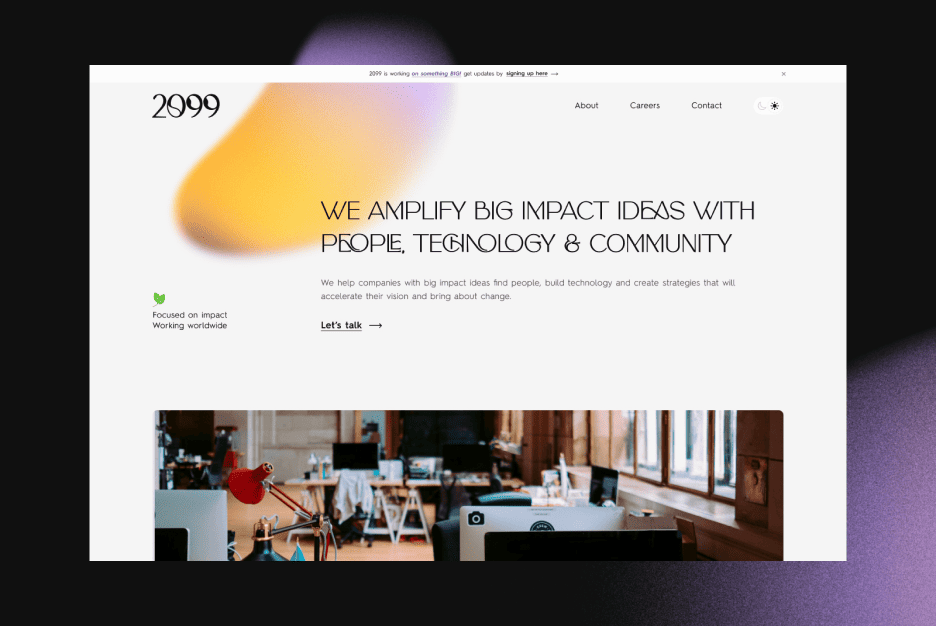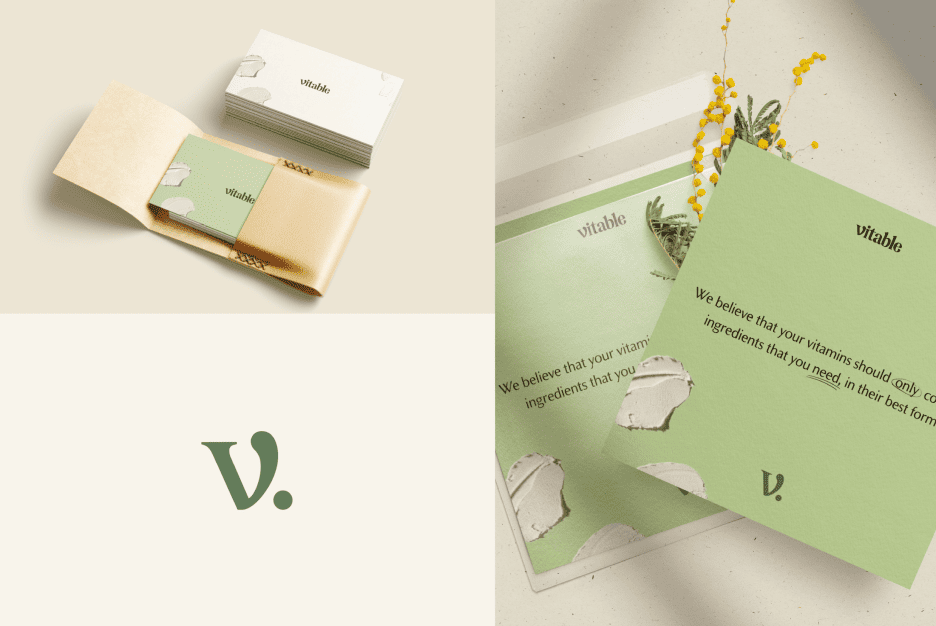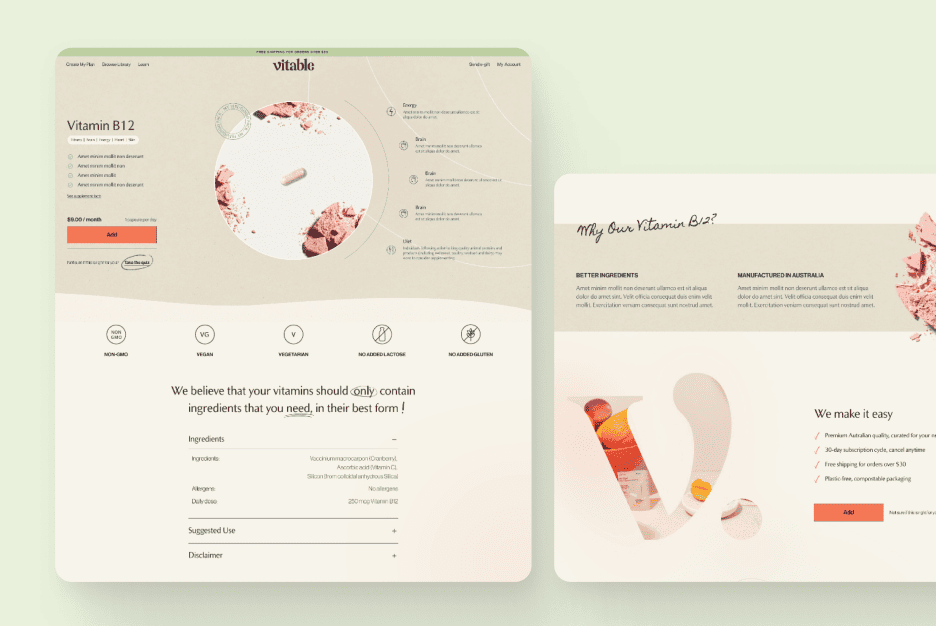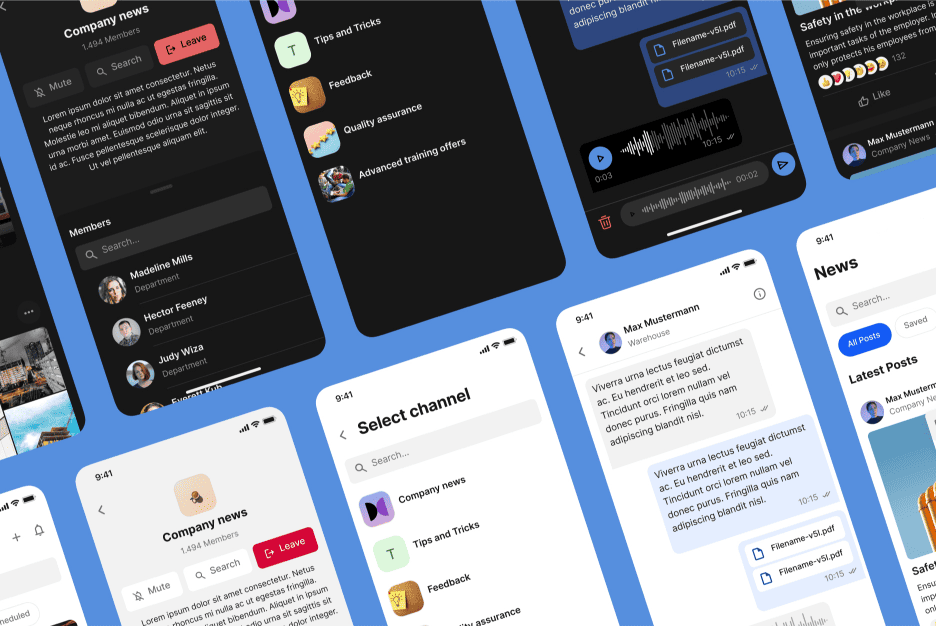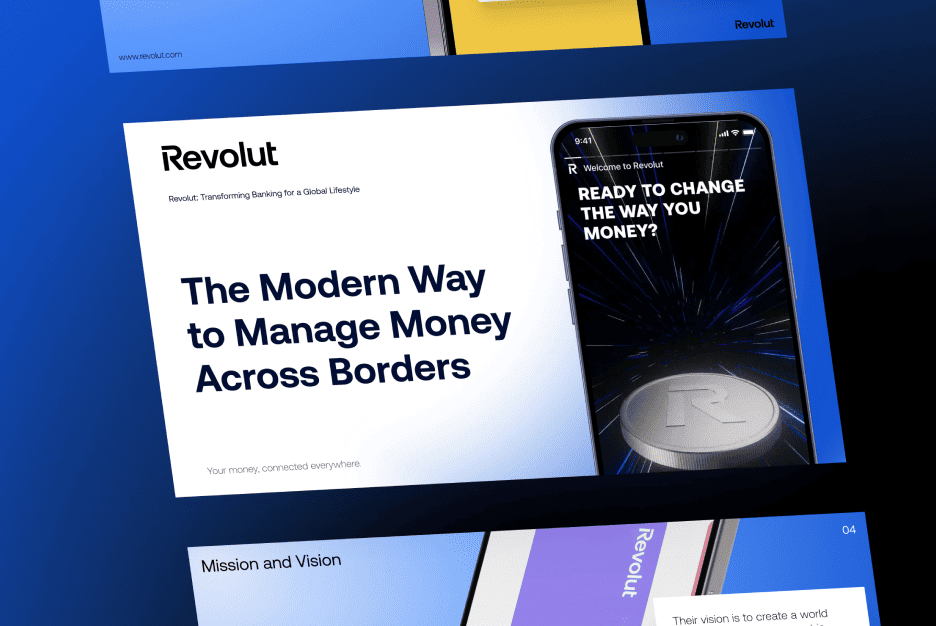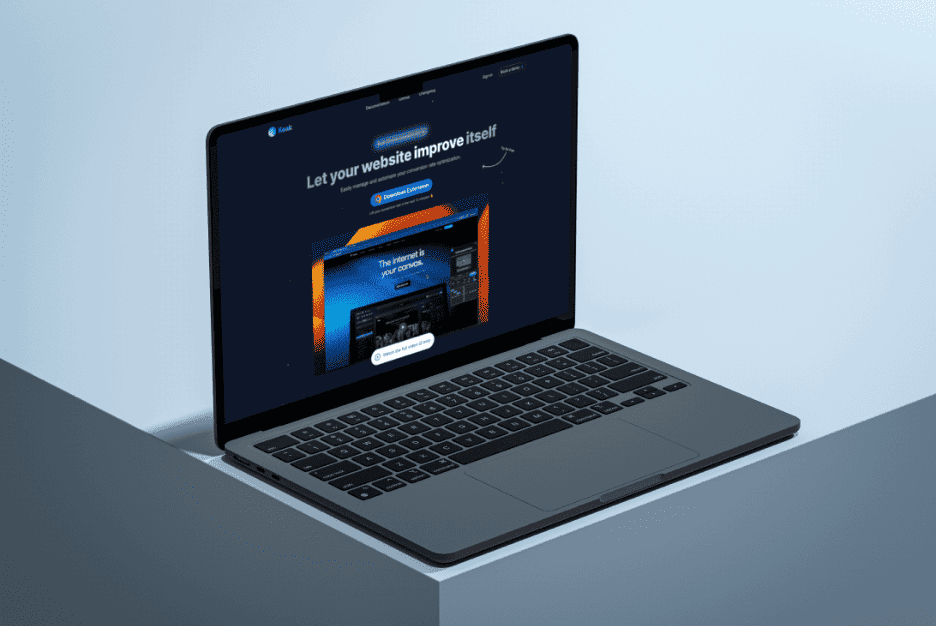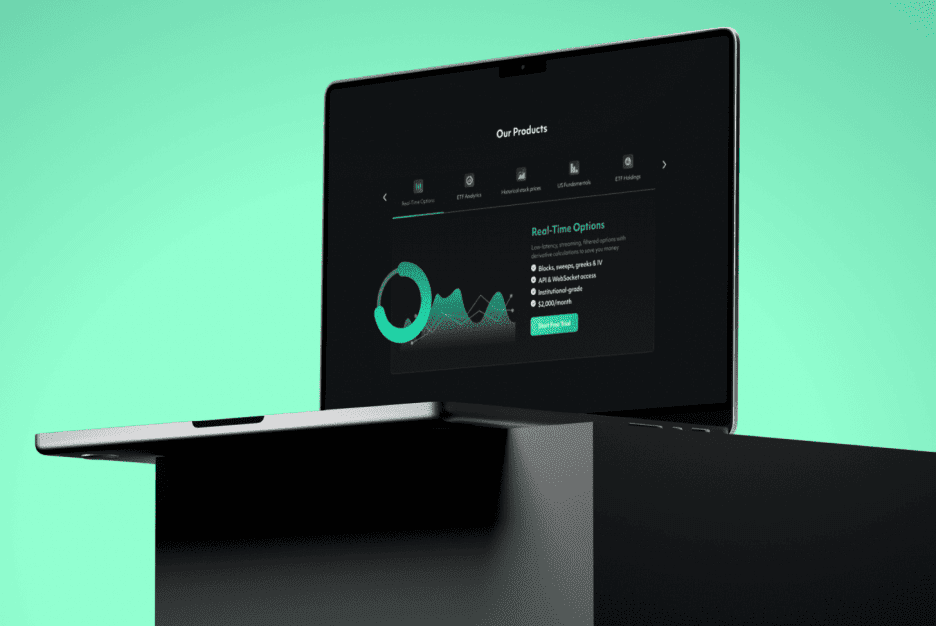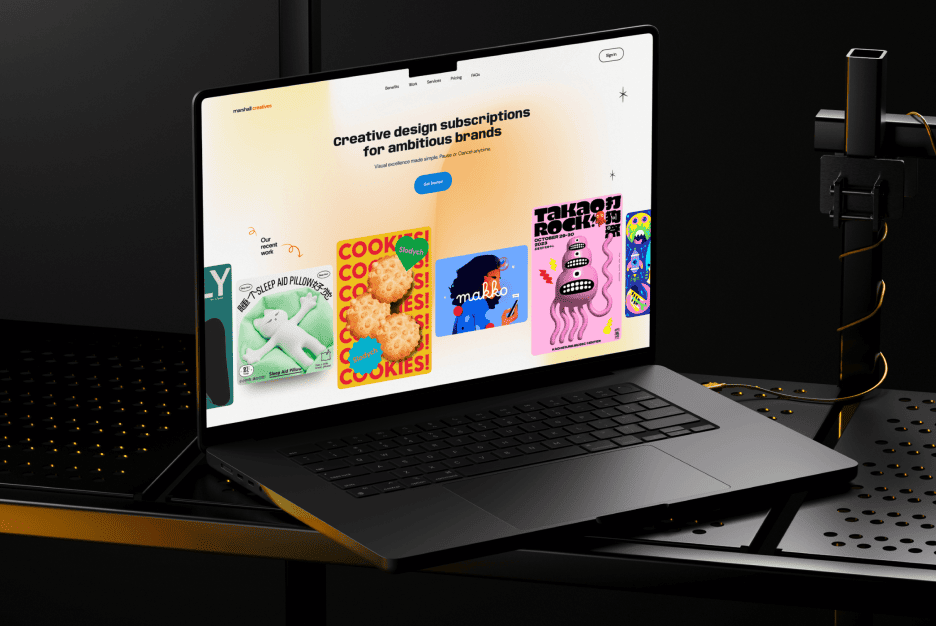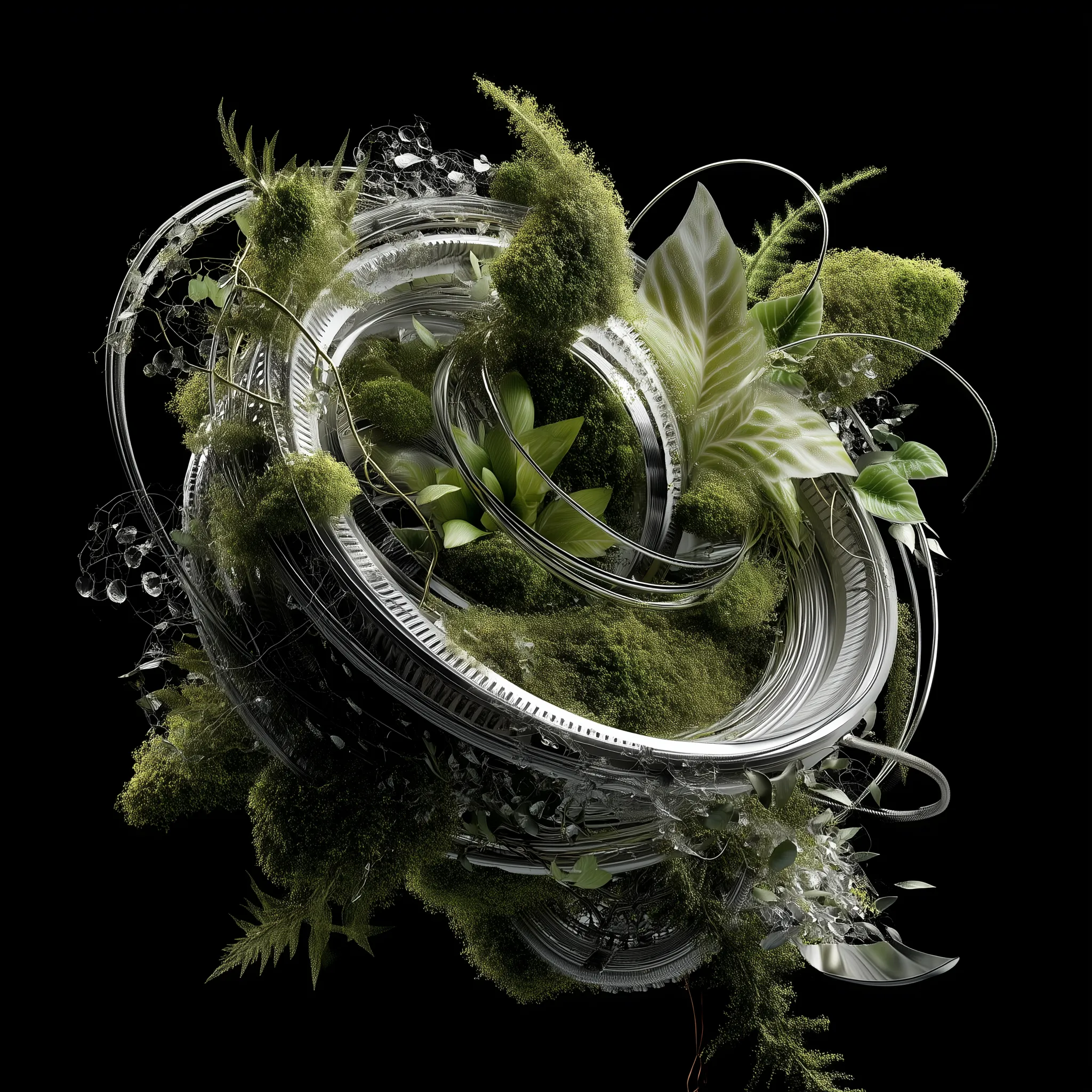Picture the internet as a sleepless city—sites buzzing, videos streaming, servers humming 24/7. Every click and scroll might feel weightless, but it all uses electricity and pumps out carbon. That’s why more designers and developers are rethinking how we build online spaces. A green web isn’t just a catchphrase; it’s a real shift in how we design, code, and host.
This doesn’t mean stripping every site down to boring plain pages. It’s about building clever, eye-catching designs that sip energy instead of guzzling it. Bonus: saving power can speed up your site and keep visitors happy. Let’s dig in.
What Is Eco-Friendly Web Design and Why It Matters Now
Eco-friendly web design means crafting pages that need less energy while still looking and working great. Think lightweight code, optimized images, and servers powered by renewables. If the internet were a country, its electricity use would rank among the world’s largest—wild, right?
For creators, it’s about blending style with responsibility. From thoughtful Color Schemes to smart typography, every choice counts. Users may never notice the behind-the-scenes effort, but the planet will.
How the Digital World Impacts Climate and Energy
Every photo you upload or email you send travels through massive data centers. These giants devour electricity to run and cool servers. Studies show the internet accounts for roughly 3–4% of global greenhouse gas emissions—more than aviation.
When websites skip Performance Optimization, they waste power and slow everything down. Sluggish pages don’t just frustrate visitors; they force servers to work overtime.
Core Principles of Sustainable Website Design
Building a green website is like designing an energy-efficient home: efficiency starts at the foundation. Use clean, streamlined code and skip bloated frameworks that add unnecessary weight.
Key building blocks include:
- Hosting that runs on renewable power
- Smart caching to avoid repeated data requests
- Performance Optimization baked in from day one
These moves lower emissions and keep your site lightning-fast—a win for search engines and users alike.
Minimalism and Smart Tweaks to Shrink Your Carbon Footprint
Minimalism isn’t about blank white pages; it’s about clarity. By trimming excess scripts, fonts, and animations, you reduce the energy needed to deliver content. Less clutter means quicker loads and a smaller footprint.
It’s like tidying a messy room—only you’re cleaning up code and visuals. Even choices like modern Font Trends can help text render smoothly without hogging bandwidth.
Energy-Efficient Hosting and Picking a Green Provider
Where you host matters more than you think. Data centers powered by wind or solar drastically cut emissions. Companies such as GreenGeeks and A2 Hosting offset or directly use renewable energy.
When choosing a provider, look for transparency about power sources and cooling systems. Your hosting decision is a vote for a cleaner internet.
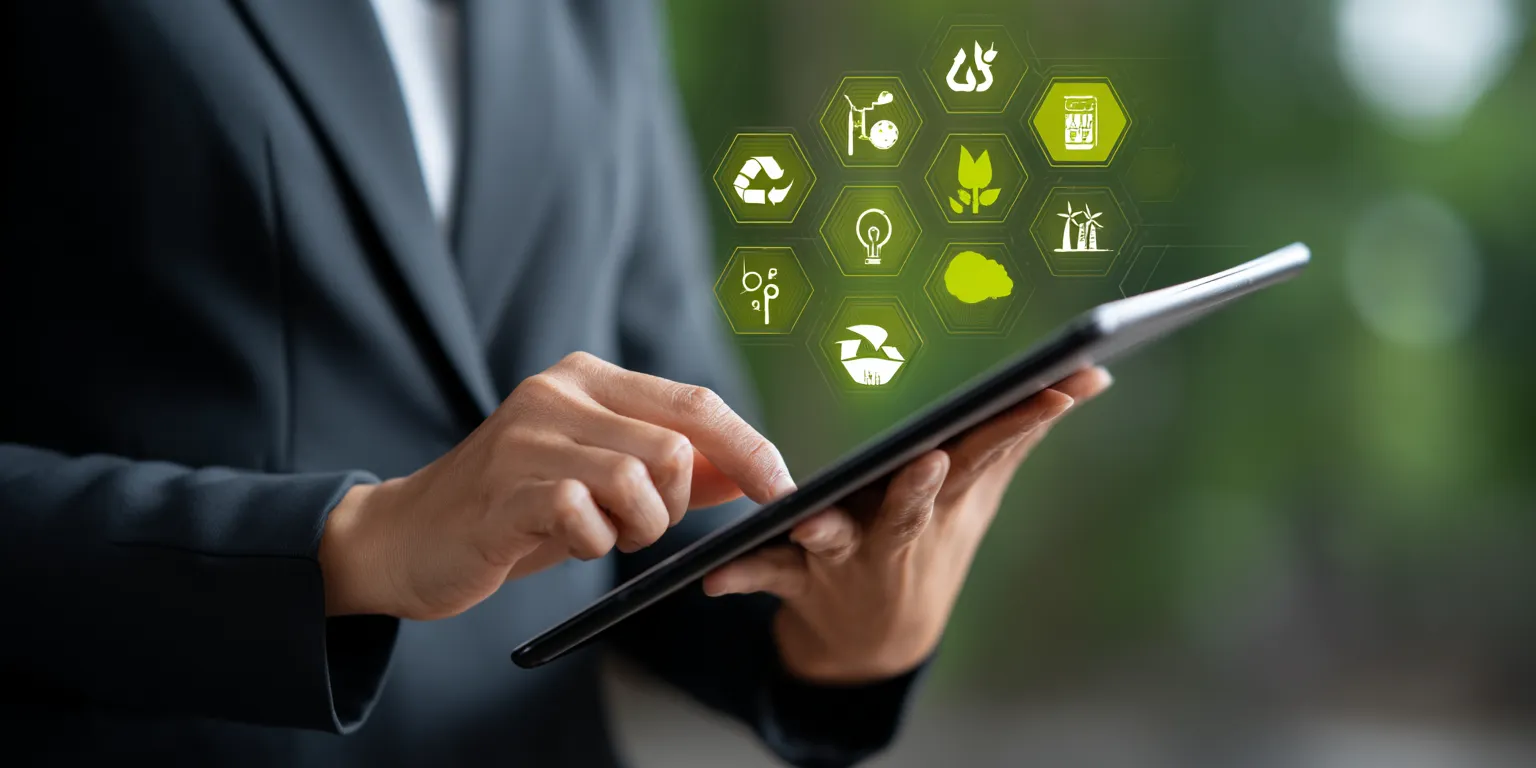
Lightweight Images and Smarter Multimedia
Huge uncompressed images are silent energy hogs. Use next-gen formats like WebP and always compress before uploading. Videos? Lazy-load them or offer lower-resolution options when HD isn’t critical.
Before adding media, ask if it truly adds value. A gallery of massive photos might look gorgeous, but if it slows your site, it’s hurting both visitors and the planet.
Tools to Measure Your Digital Carbon Footprint
Want to know your site’s impact? Tools like the Website Carbon Calculator show how much CO₂ each visit creates.
These insights help you refine everything from Color Schemes to caching strategies. Seeing the numbers can be a wake-up call and a push to take action.
Companies Already Building Green Websites
Plenty of big names are proving it can be done. The BBC experiments with lighter pages that load faster and use less data. Patagonia keeps its code clean and hosts on renewables.
These examples show that sleek design and eco responsibility absolutely coexist. They’re not just chasing good PR—they’re setting trends others will follow.
Common Mistakes That Sabotage Eco-Friendly Design
Typical missteps? Oversized media, outdated plugins, and neglecting mobile optimization. Each one quietly adds unnecessary energy use.
Watch out for these pitfalls:
- Heavy frameworks you don’t really need
- Ignoring Performance Optimization during updates
- Overloading pages with flashy effects that add little value
Dodging these mistakes keeps your site lean and planet-friendly.
The Future of the Green Web and the Designer’s Role
As climate awareness grows, sustainable design will shift from “nice to have” to standard practice. Faster networks like 5G aren’t an excuse to waste bandwidth—they’re a chance to innovate responsibly.
Designers and developers stand at the front line. From exploring fresh Font Trends to crafting adaptive layouts, they can shape an internet that’s both stunning and sustainable. The green web isn’t a distant dream—it’s being built right now, one smart decision at a time.
